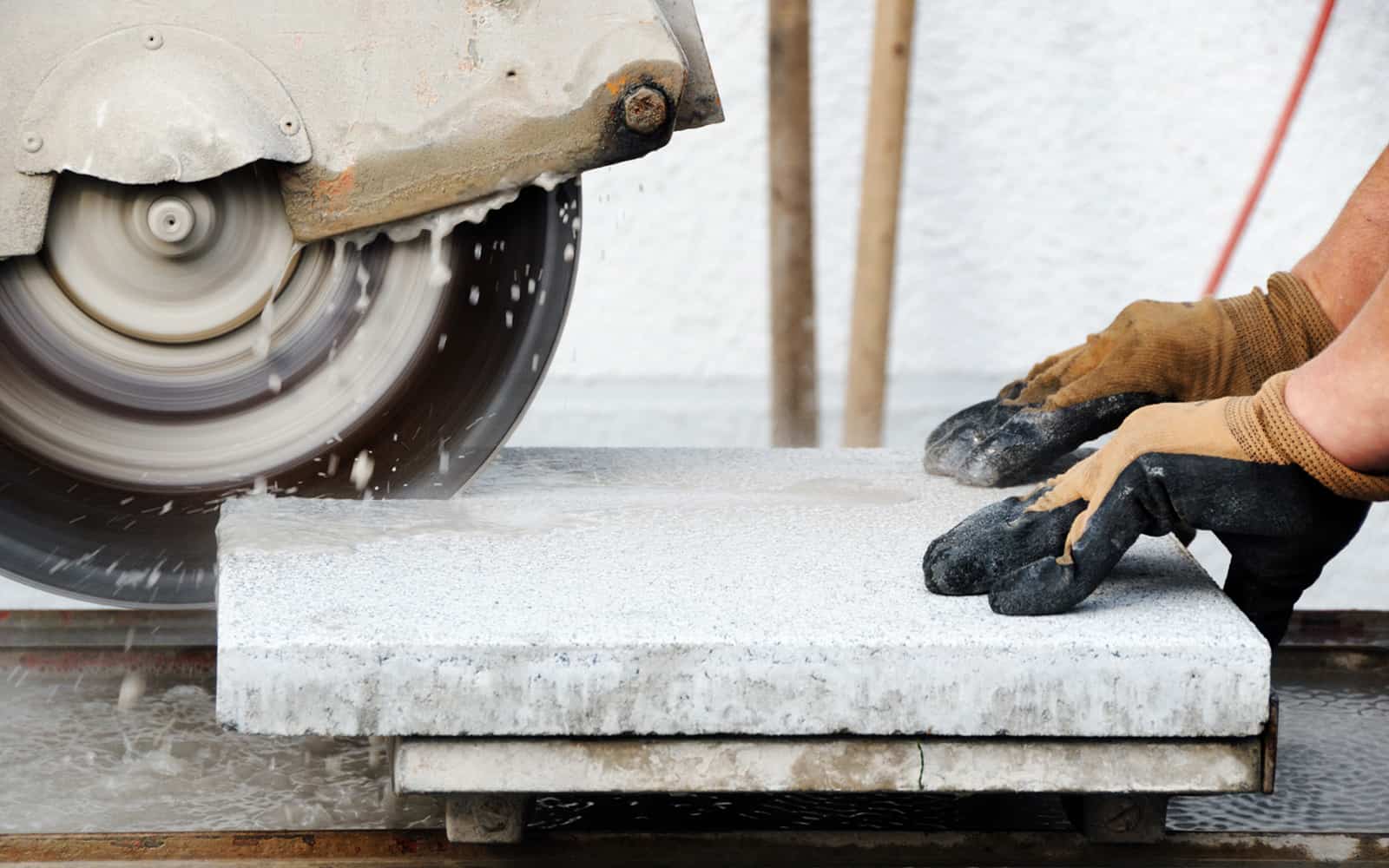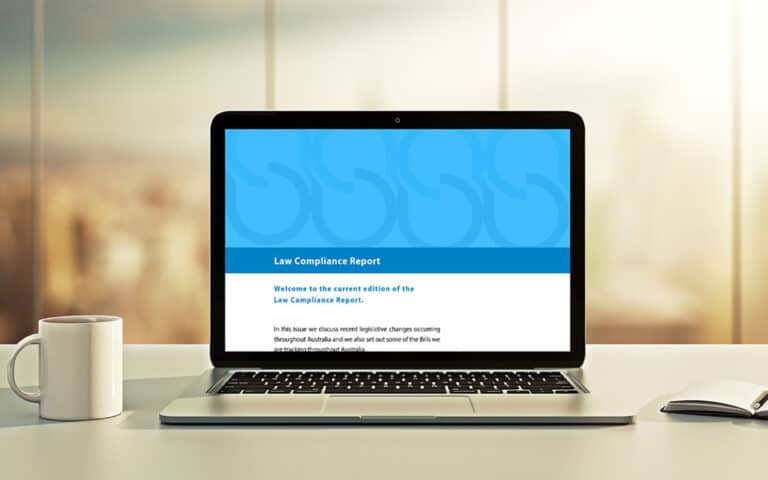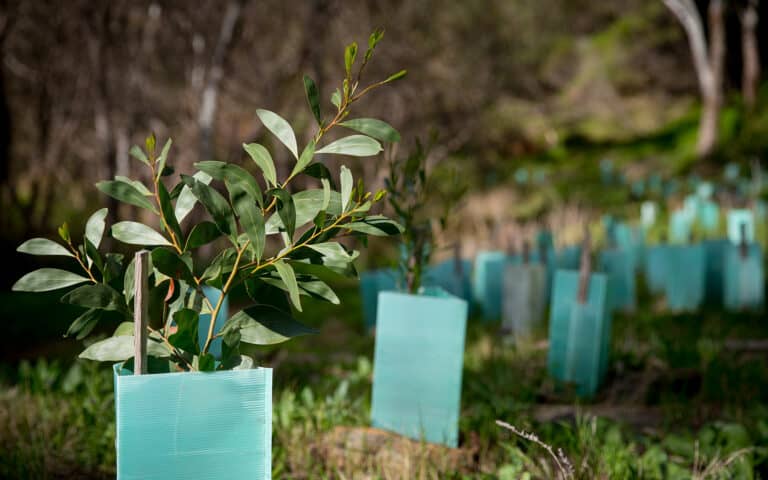This article applies to organisations in the ACT.
Work Health and Safety Amendment Regulation 2022 (No 1) 2022 (ACT)
Please be advised that the Work Health and Safety Amendment Regulation 2022 (No 1) (ACT) (the Amending Regulation) was notified on 31 June 2022 and will commence on 14 July 2022. Schedule 1 of the Amending Regulation will commence on 1 July 2023. Schedule 1 inserts section 418D, which contains the requirement for employers to ensure relevant workers have crystalline silica awareness training.
The Amending Regulation amends the Work Health and Safety Regulation 2011 (ACT) (the Regulations) to introduce a new chapter that aims to protect workers from exposure to silica dust, in response to growing evidence regarding its potentially harmful effects. The new chapter 7A includes a prohibition of uncontrolled dry-cutting or processing of silica containing materials, and an obligation for organisations to ensure that their workers undertake silica awareness training to prevent future injury.
The Amending Regulations also make further changes to:
- impose a notification requirement for asbestos assessors or removalists that are licensed under laws outside of the ACT; and
- amend the Regulations to mirror the changes to the nationally agreed model Work Health and Safety laws to adopt the Globally Harmonized System of Classification and Labelling of Chemicals Revision 7 (GHS 7).
Crystalline Silica
Under section 418B of the Regulations, a person conducting a business or undertaking at a workplace must not direct or allow a worker to cut material containing crystalline silica with a power tool or other mechanical process, unless there is a water delivery system used to suppress airborne crystalline silica, and at least one other specified control measure is in place.
The specified control measures include:
- the place where the cutting occurs is isolated from the rest of the workplace;
- a Class H vacuum is attached to the tool used for cutting;
- for material containing less than 25% crystalline silica—a Class M vacuum is attached to the tool used for cutting;
- a local exhaust ventilation system is used.
Section 418C also creates a general obligation to eliminate the risk of cutting material containing crystalline silica as far as is reasonably practical or to reduce the risk by using the water delivery system and control measures mentioned above and ensure that each worker who may be exposed is wearing respiratory protective equipment.
Failure to comply with these obligations will result in a maximum penalty of $6,000 for an individual and $30,000 for a body corporate.
Crystalline Silica Awareness Training
An organisation will be required to ensure that the following people are trained in a VET course, or other course or qualification in crystalline silica awareness, declared by the minister:
- a worker engaged by the organisation who the organisation reasonably believes will carry out high risk crystalline silica work in the business or undertaking;
- a worker engaged by the organisation that is in an occupation declared by the minister to be requiring training in crystalline silica awareness.
High risk crystalline silica work means work carried out in a workplace in relation to a crystalline silica process that is reasonably likely to result in a risk to the health of a person at the workplace.
Failure to comply with this requirement will result in a maximum penalty of $6,000 for an individual and $30,000 for a body corporate.
The organisation must also ensure that a record is kept of the training undertaken by the worker, for the entire period the worker is carrying out work in the organisation, and for five years after the day the worker stops working for the organisation.
Failure to comply with this record keeping requirement results in a maximum penalty of $1,250 for an individual and $6,000 for a body corporate.
Asbestos assessor or removal license notification
Under the current Regulations, an organisation must ensure that work to assess or remove asbestos is carried out by a licensed asbestos assessor or removalist. The Regulations currently recognise licenses under corresponding state or territory laws to operate in the ACT. However, the Amending Regulations now require the licensee to notify the regulator before the first time they commence asbestos removal or assessor work in the ACT.
Globally Harmonised System of Classification and Labelling of Chemicals
Previously, the nationally agreed Model Work Health and Safety Laws were amended to adopt the GHS 7 standard and update Australia’s requirements for hazardous chemicals in line with the global standard. The Amending Regulation has now adopted these changes so that the Regulations reflect the Australian Model Work Health and Safety Law. The amendments:
- adopt GHS 7 as the requirement for classifying and labelling hazardous chemicals under the GHS;
- allow GHS 3 compliant chemicals to continue to be manufactured, imported, supplied and used until 31 December 2022;
from 1 January 2023 require that hazardous chemicals manufactured, imported and supplied be GHS 7 compliant and all new stock being used must be GHS 7 compliant, it also allows for existing GHS 3 compliant stocks manufactured, imported or supplied before 1 January 2023 to be used.
Please click here to access the full Bill.




